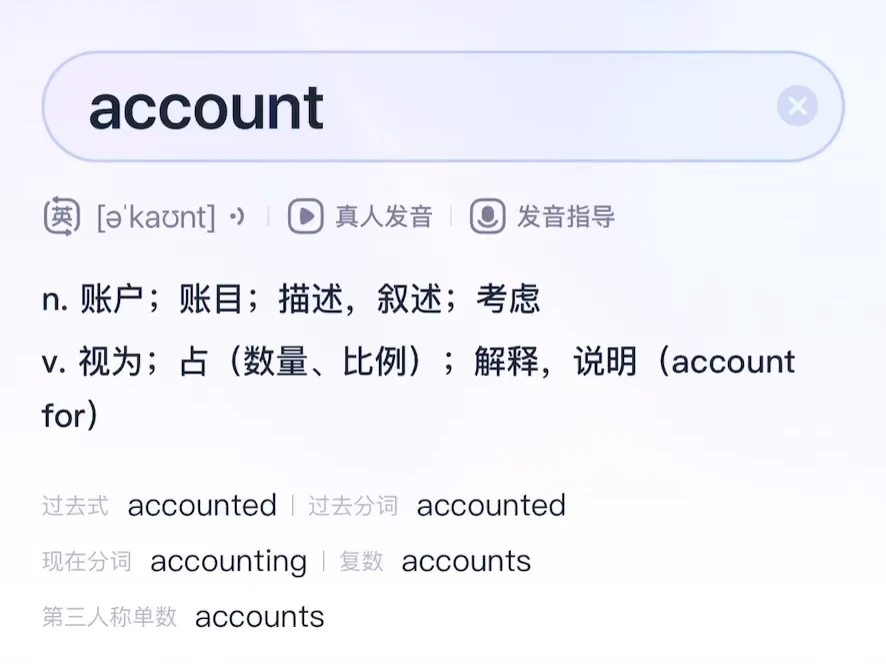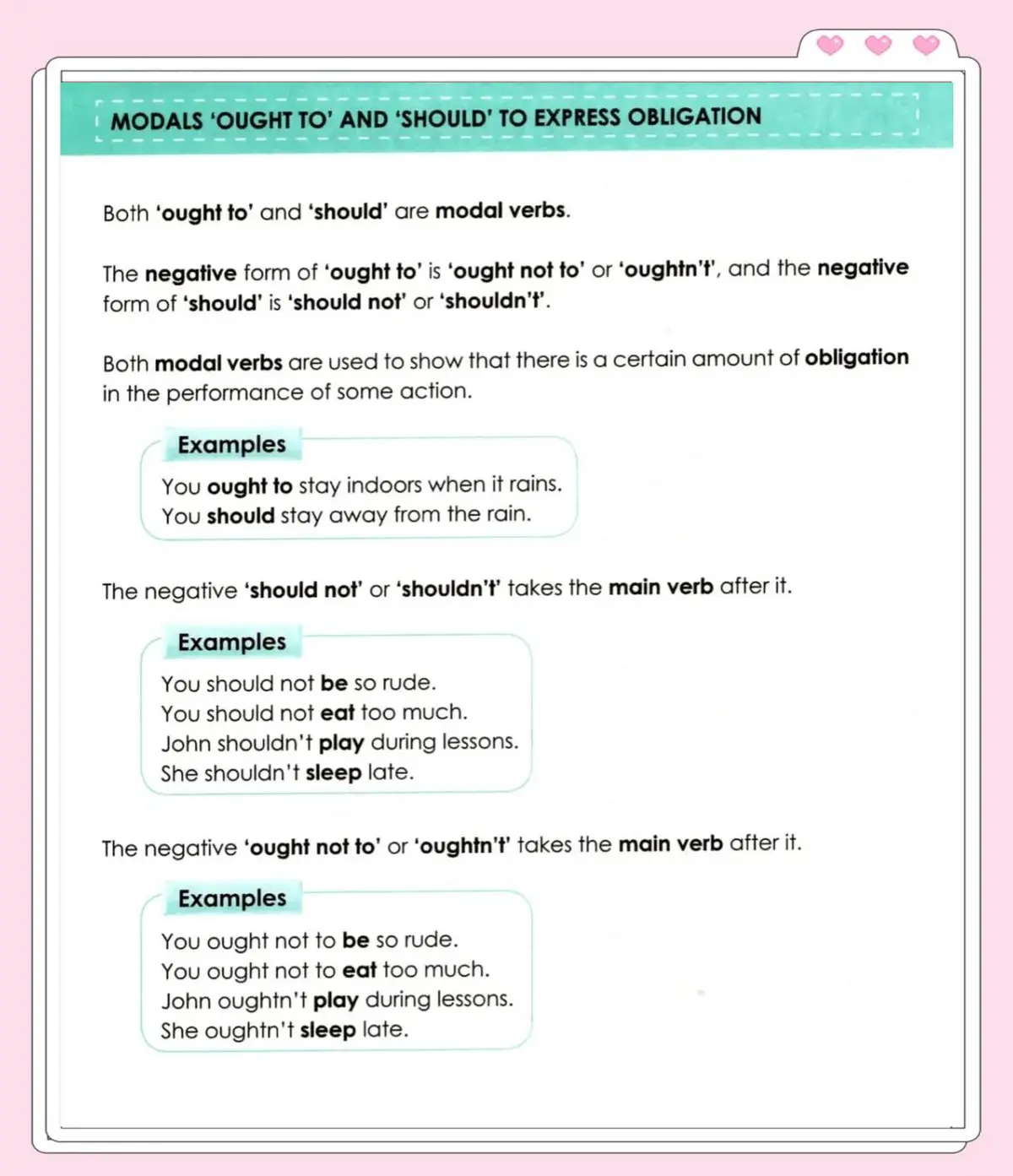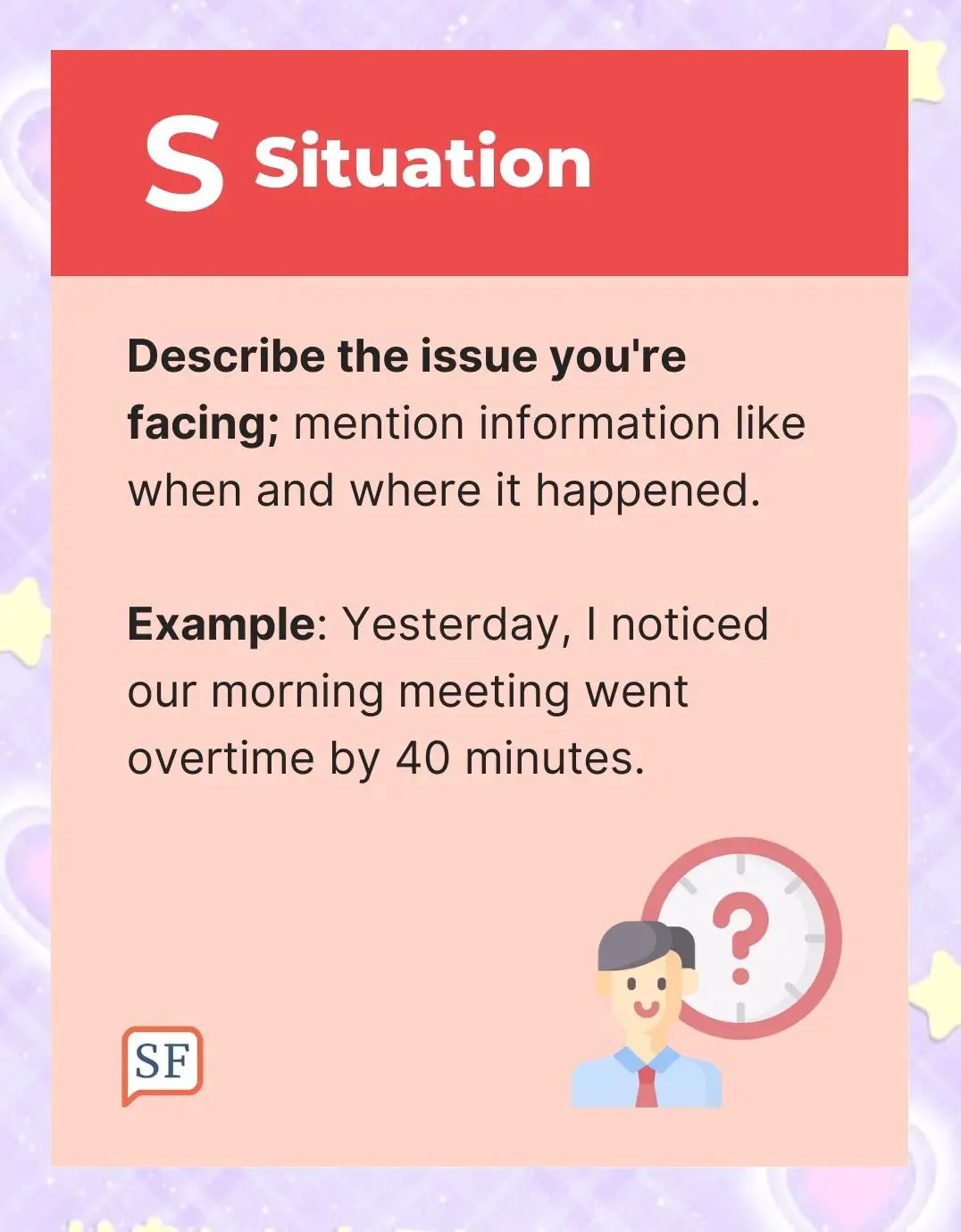


=============================================
Understanding how realized profit and loss (PnL) affects an account balance is essential for any trader or investor. Realized PnL represents the actual profit or loss you have made from closed trades. Unlike unrealized PnL, which reflects potential profit or loss from open positions, realized PnL directly impacts the balance of your trading account. This article will explain how realized PnL influences your account balance, the relationship between realized profits and risk management, and how traders can leverage this information to improve their overall trading strategies.
What is Realized PnL?
Realized PnL refers to the profit or loss that has been locked in after a trade is closed. It represents the difference between the entry price and exit price of a position. This is a key metric for traders because it directly impacts their account balance and provides a snapshot of trading performance.
Realized vs. Unrealized PnL
- Realized PnL: The profit or loss from positions that have been closed.
- Unrealized PnL: The potential profit or loss from open positions that have not yet been closed.
For example, if you buy 100 shares of a stock at \(50 per share and later sell them at \)60 per share, the \(1,000 profit (\)10 per share) is your realized PnL.
How Does Realized PnL Affect Your Account Balance?
Realized PnL directly impacts your trading account balance in the following ways:
1. Direct Impact on Available Equity
When a trade is closed and the profit or loss is realized, the amount of profit or loss is added or subtracted from your available equity. This affects your ability to open new positions and the leverage you can use.
- Example: If your account has \(10,000 and you close a profitable trade that earns you \)500, your new account balance will be \(10,500. Conversely, if you close a losing trade with a -\)200 realized PnL, your account balance will drop to $9,800.
2. Increased Margin or Leverage
A positive realized PnL increases your account equity, allowing for higher margin and greater leverage in future trades. However, the opposite occurs when you realize a loss—your available margin decreases.
- Example: With a higher balance due to realized profits, you can take on larger positions without exceeding margin limits, providing more room for new trades.
3. Influence on Risk Management
Effective risk management is a crucial part of trading success. Realized PnL is an important tool in this process. By assessing the impact of realized profits and losses, traders can adapt their strategies to minimize risk and avoid excessive drawdowns.
- Example: If you’ve realized a significant profit from several trades, you might decide to reduce your risk by setting tighter stop-loss orders on new positions. On the other hand, consecutive losses might prompt you to reassess your position sizes or trading strategy.
4. Impact on Psychological Factors
Realized PnL also plays a psychological role in trading. Profits increase trader confidence and may encourage them to take on more risk, while losses can lead to hesitation or over-cautious behavior. A trader’s account balance is directly influenced by these psychological factors.
How Realized PnL Affects Different Trading Strategies
Realized PnL has a varying impact on trading strategies, depending on whether the trader is focusing on short-term or long-term trading.
1. Short-Term Traders
- Day Traders and Scalpers: These traders rely on frequent, smaller profits and are heavily impacted by realized PnL on a daily basis. Each closed position directly affects their ability to execute new trades and maintain an adequate margin.
- Impact: For short-term traders, managing realized PnL is a continuous cycle. A single loss can significantly impact their trading strategy, making it crucial to lock in small profits consistently.
2. Long-Term Traders
- Swing Traders and Investors: Long-term traders are less concerned with daily fluctuations of their realized PnL and more focused on overall portfolio growth. However, realizing large profits over time helps grow their account balances, enabling them to take larger positions or hedge against market downturns.
- Impact: For these traders, realizing profits periodically provides an opportunity to rebalance their portfolio, reallocate capital, and lock in profits while maintaining a strategic outlook.
How to Calculate Realized PnL
Calculating realized PnL is essential for understanding its impact on your account balance. The formula is simple:
Realized PnL=Exit Price−Entry Price×Position Size\text{Realized PnL} = \text{Exit Price} - \text{Entry Price} \times \text{Position Size}Realized PnL=Exit Price−Entry Price×Position Size
Example:
If you bought 100 shares of a stock at \(50 per share and sold them at \)60 per share:
- Entry Price = $50
- Exit Price = $60
- Position Size = 100 shares
Realized PnL=(60−50)×100=1,000 USD\text{Realized PnL} = (60 - 50) \times 100 = 1,000 \text{ USD}Realized PnL=(60−50)×100=1,000 USD
Thus, your realized PnL from this trade is $1,000 in profit.
Realized PnL and Account Balance Management
1. Reinvesting Profits
After realizing profits, many traders choose to reinvest their earnings into new positions. Reinvesting profits allows traders to compound returns over time and take advantage of market opportunities.
- Strategy: Use dollar-cost averaging (DCA) to add to profitable positions over time. This approach helps smooth out market volatility and increase the overall account balance.
2. Withdrawing Profits
Some traders prefer to withdraw a portion of their realized PnL to secure profits and reduce the risk of trading. This is especially common among traders who trade with high leverage.
- Strategy: Set a profit threshold or periodic withdrawal schedule to lock in profits and avoid overexposure to market risks.
How to Optimize Realized PnL for Better Account Balance Growth
1. Use Stop-Loss and Take-Profit Orders
- Stop-Loss Orders: Help limit losses by automatically closing a trade once it reaches a certain level of loss.
- Take-Profit Orders: Ensure you lock in profits at predetermined levels before the market reverses.
Combining both strategies can help protect realized profits and prevent account balance erosion.
2. Track and Analyze Your Realized PnL
Consistently tracking your realized PnL using trading logs or analytics software is essential for evaluating your trading performance. Regular analysis helps identify patterns and refine strategies.
Tools:
- TradingView
- MetaTrader
- Trading Journal Software
3. Implement Effective Risk Management
Effective risk management is crucial for long-term success. Managing your realized PnL, position sizes, and setting risk-to-reward ratios are key aspects of successful trading. By keeping losses small and letting profits run, you can effectively grow your account balance.
FAQ: Common Questions about Realized PnL and Account Balance
1. How does realized PnL differ from unrealized PnL?
Realized PnL is the actual profit or loss from closed positions, whereas unrealized PnL reflects potential profit or loss from open positions that have not yet been closed. Realized PnL directly impacts your account balance, while unrealized PnL does not.
2. What happens if I have a negative realized PnL?
A negative realized PnL reduces your account balance and available equity. This could limit your ability to open new positions and increase your margin requirements, which may trigger margin calls in certain cases.
3. Why is tracking realized PnL important for risk management?
Tracking realized PnL helps you assess the effectiveness of your trading strategies, understand market conditions, and adjust position sizes or stop-loss levels accordingly. This ensures that you manage your risk and protect your account balance.
Conclusion
Understanding how realized PnL affects your account balance is vital for successful trading. By effectively managing realized profits and losses, traders can optimize their strategies, adjust their risk profiles, and ensure long-term success. Tracking and calculating realized PnL, along with utilizing sound risk management practices, are the cornerstones of maintaining a healthy account balance and profitable trading career.